Practices to optimize starch utilization in corn silage and high-moisture corn
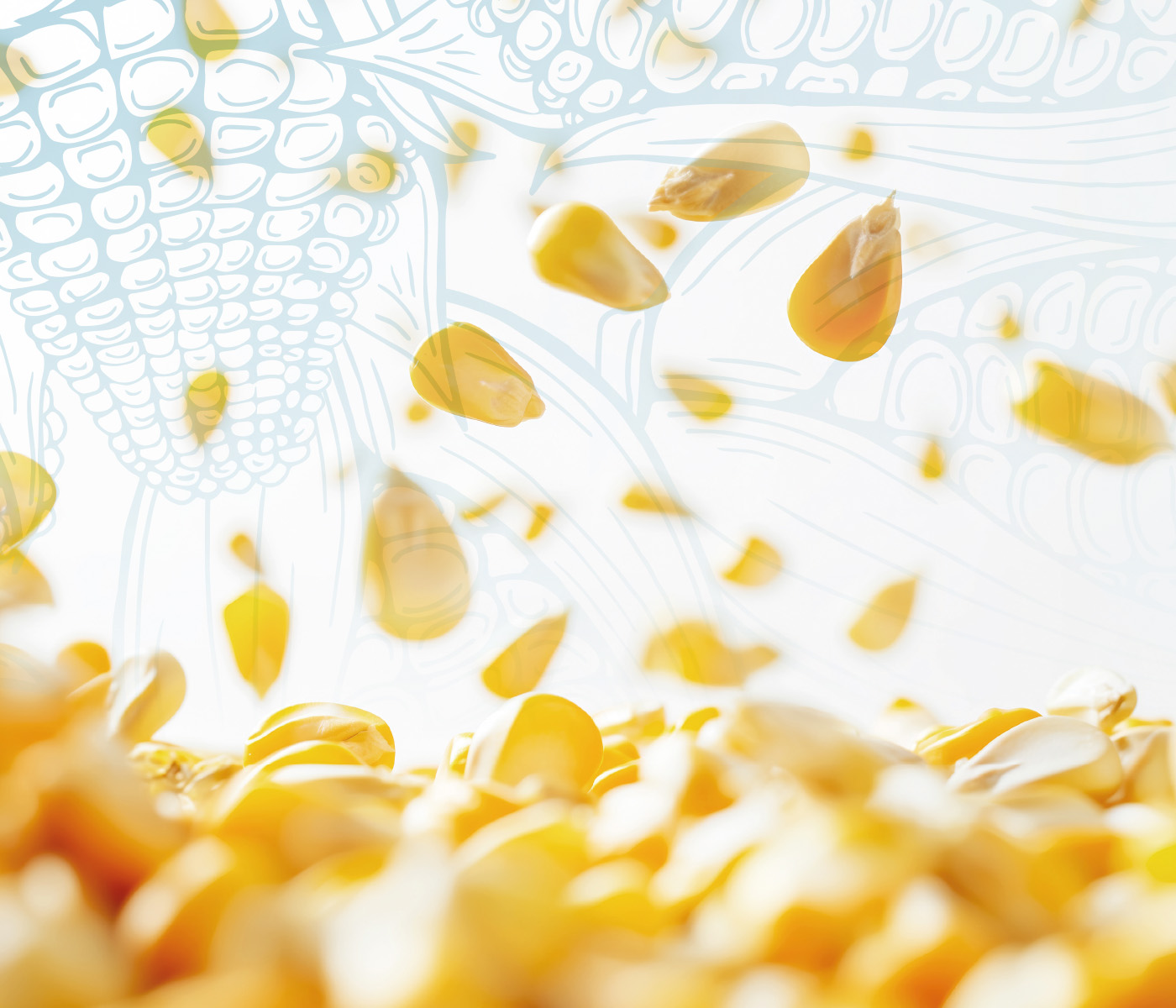 09 Aug 2025
09 Aug 2025
Practices to optimize starch utilization in corn silage and high-moisture corn
High-producing dairy cows require energy-rich diets to reach their maximum genetic potential. Commonly, cereal grains are used as an energy source on dairy farms due to their high starch concentration.
In corn grain, for example, starch concentration is around 70% and represents 75% of its energy value. However, ruminal and total tract starch digestibility vary drastically among different energy sources.
Greater starch availability has the potential to improve nutrient utilization and reduce feeding costs.
When well balanced, diets with high starch digestibility can increase feed efficiency. This may occur due to greater milk production or lower intake while maintaining productivity.
However, the starch digestibility of whole-plant corn silage, high-moisture corn silage, and dry ground corn can be affected by several factors.
For example, the endosperm (the region of the grain where starch is concentrated) is protected by the pericarp, which, if intact, creates a barrier to rumen microorganism activity.
•This requires breaking the kernels, as cracked grains increase starch accessibility for the microorganisms that will carry out its degradation in the rumen environment.
Poorly processed or intact kernels are either not digested or have greatly reduced digestion, which can negatively affect animal performance, leading to economic losses caused by the loss of kernels in the manure.
Figure 1. Effect of average particle size of high-moisture corn silage on total tract starch digestibility
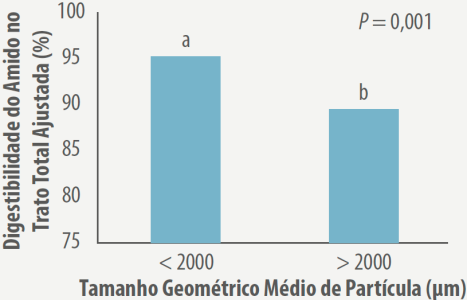
Similarly, increasing the average particle size reduces total tract starch digestibility in studies based on diets with dry ground corn (77.7% to 93.3% for geometric mean particle sizes of 4 mm and 1 mm, respectively).
This is related to the increased surface area for bacterial and enzymatic digestion of finer particles.
• But there are also other factors that affect starch digestion, such as the types of endosperm in corn kernels: vitreous (hard) and floury (soft). The main difference lies in their physical characteristics, which in turn affect the animal’s starch utilization.
• Therefore, it is advised that producers select hybrids with soft-textured endosperm, when available, as they may offer greater starch availability compared to hard-textured kernels.
•Over time, this glucose transforms into starch, which accumulates in the kernel from the crown down to the base, where it attaches to the cob.
• The transition between the white liquid and the yellow starch is known as the “milk line.” This biochemical transformation increases kernel hardness, reducing starch digestibility.
Therefore, harvest should occur when 50% to 75% of the kernel is filled with starch, which can be visually identified by the milk line.
Although fully filled kernels contain more starch and theoretically can provide more energy, not all of this starch will be utilized by the animal due to advancing plant maturity, which reduces its availability.
Although greater starch digestibility and milk production are achieved when corn silage is harvested using a grain processor with roll gaps between 1 and 3 mm, this benefit is reduced when harvesting more mature silages.
A few years ago, we observed that grain processing resulted in an increase in total tract starch digestibility in dairy cows fed diets containing whole-plant corn silage with 32% to 40% dry matter, but not when the whole-plant corn silage had more than 40% dry matter.
Maturity also affects the in vitro ruminal starch digestibility of high-moisture corn silage. We recommend a dry matter content between 68% and 72%, but this value may vary depending on the conditions of each farm.
•Longer fermentation time can reduce—but not eliminate—the negative effects of delayed harvest.
As shown in Figure 2, at 30 or 45 days of ensiling, starch digestibility increased by an average of 7 percentage points, suggesting it is related to the fermentation phase that typically occurs during this period.
In fact, all studies showed a gradual increase in in vitro ruminal starch digestibility with longer storage time.
While allowing a prolonged ensiling period may be beneficial to increase starch digestibility in situations where plants are harvested drier or kernels are harder, more research is needed to determine its true impact, since an extended fermentation period likely will not compensate for management errors made prior to ensiling.
Figure 2. Effect of days of ensiling on in vitro ruminal starch digestibility.
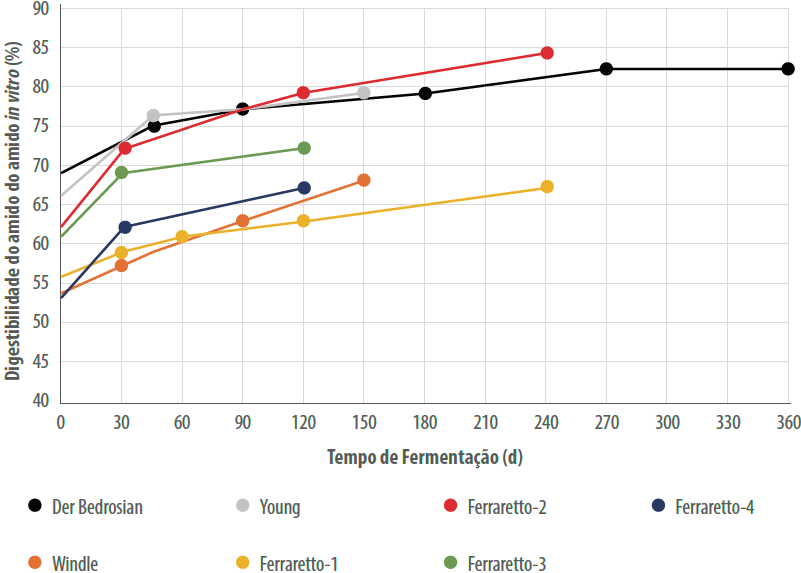
Therefore, it is recommended to use hybrids with a more floury endosperm when available, as these kernels offer greater starch availability for digestion in the rumen and total tract of dairy cows.
Moreover, the kernels become less accessible because they become more resistant to breakage, making their degradation in the rumen and total tract more difficult.
At harvest, it is important to adjust the rolls to ensure the kernels are broken, thereby facilitating digestion and allowing the energy value to be effectively utilized to positively impact milk production in dairy cows.
Although not always possible, allowing a prolonged fermentation period can lead to a gradual increase in starch digestibility and possibly minimize—but not eliminate—some of the negative effects of maturity, kernel vitreousness, and other factors.
References available upon request to the authors.
Subscribe now to the technical magazine of animal nutrition
AUTHORS
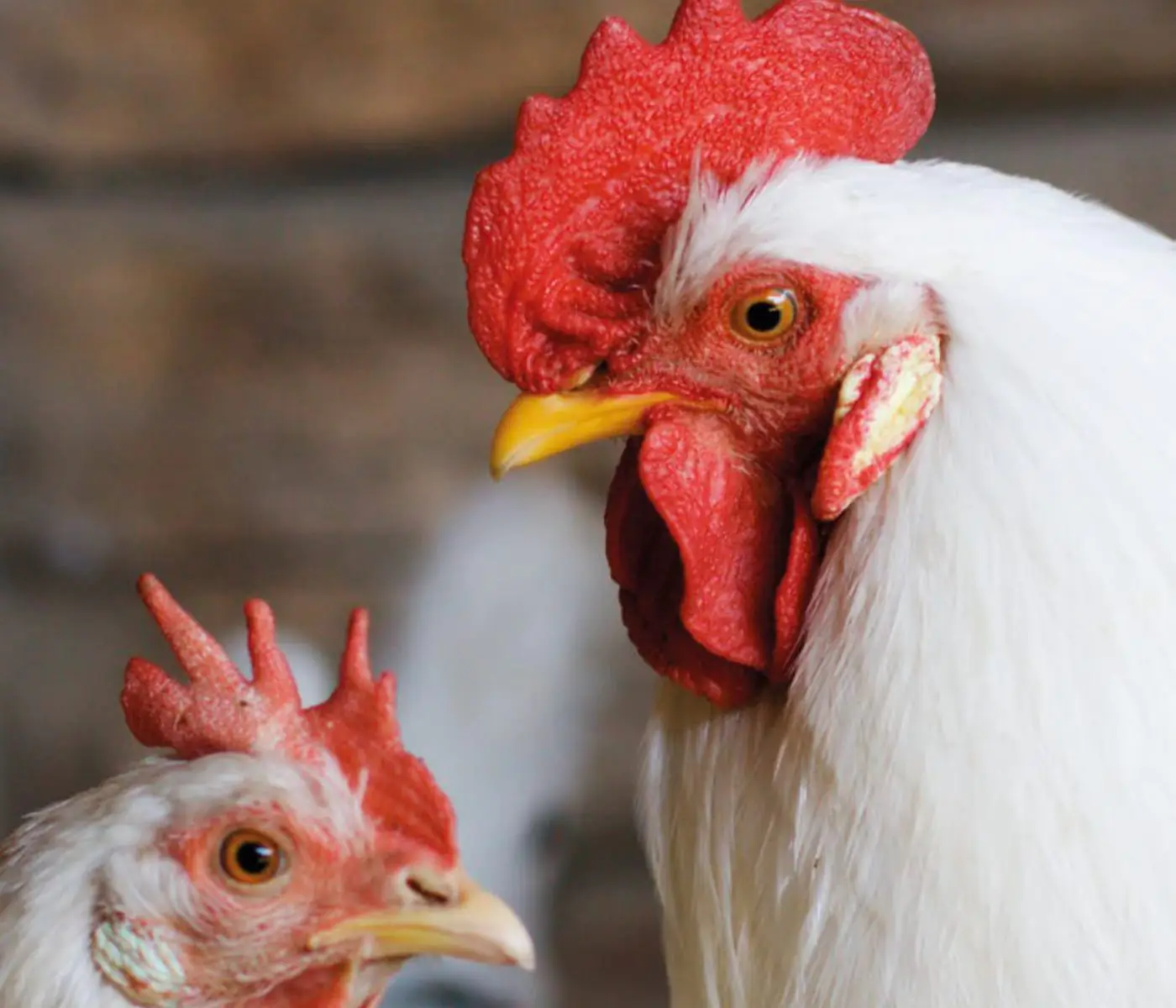
Nutritional Interventions to Improve Fertility in Male Broiler Breeders
Edgar Oviedo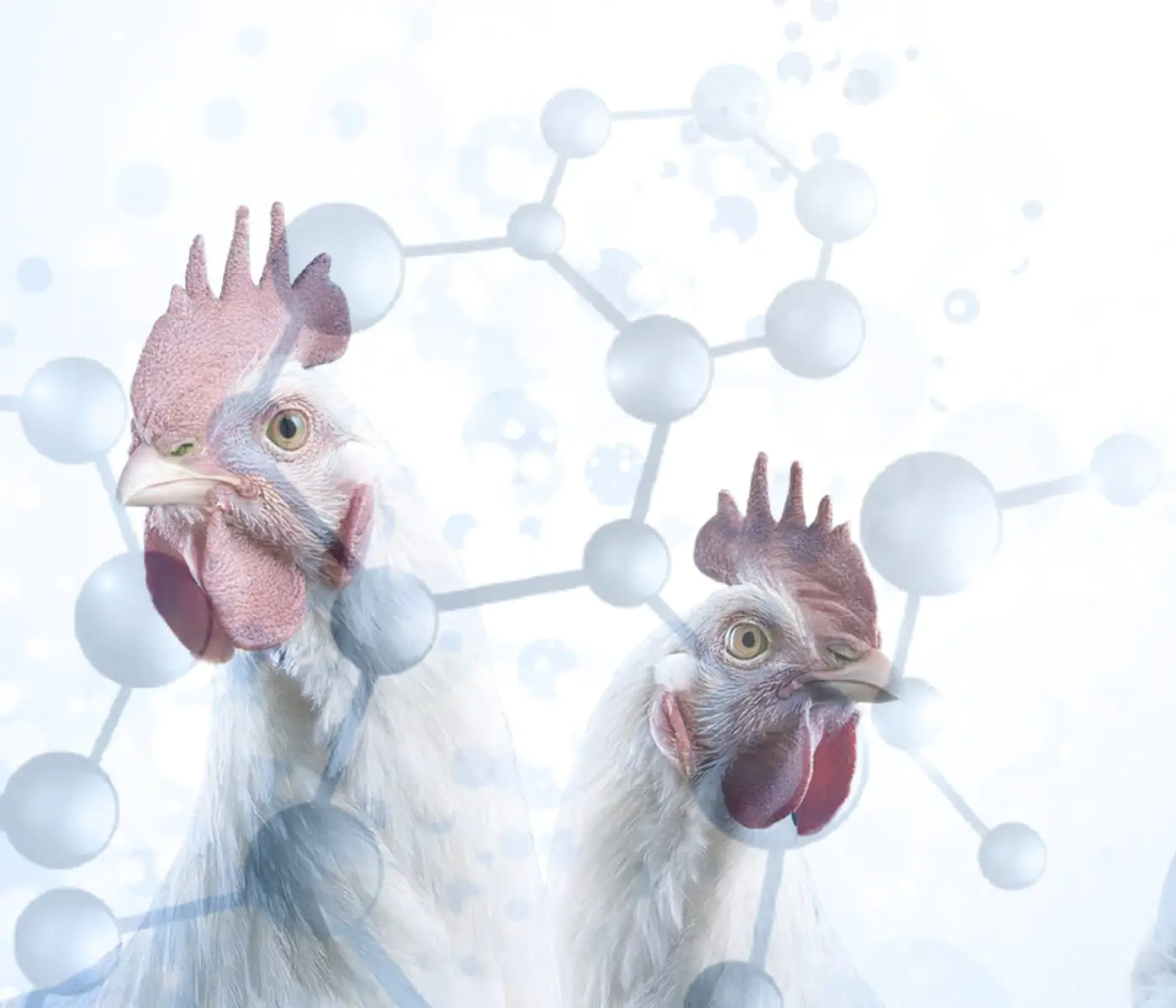
The Use of Organic Acids in Poultry: A Natural Path to Health and Productivity
M. Naeem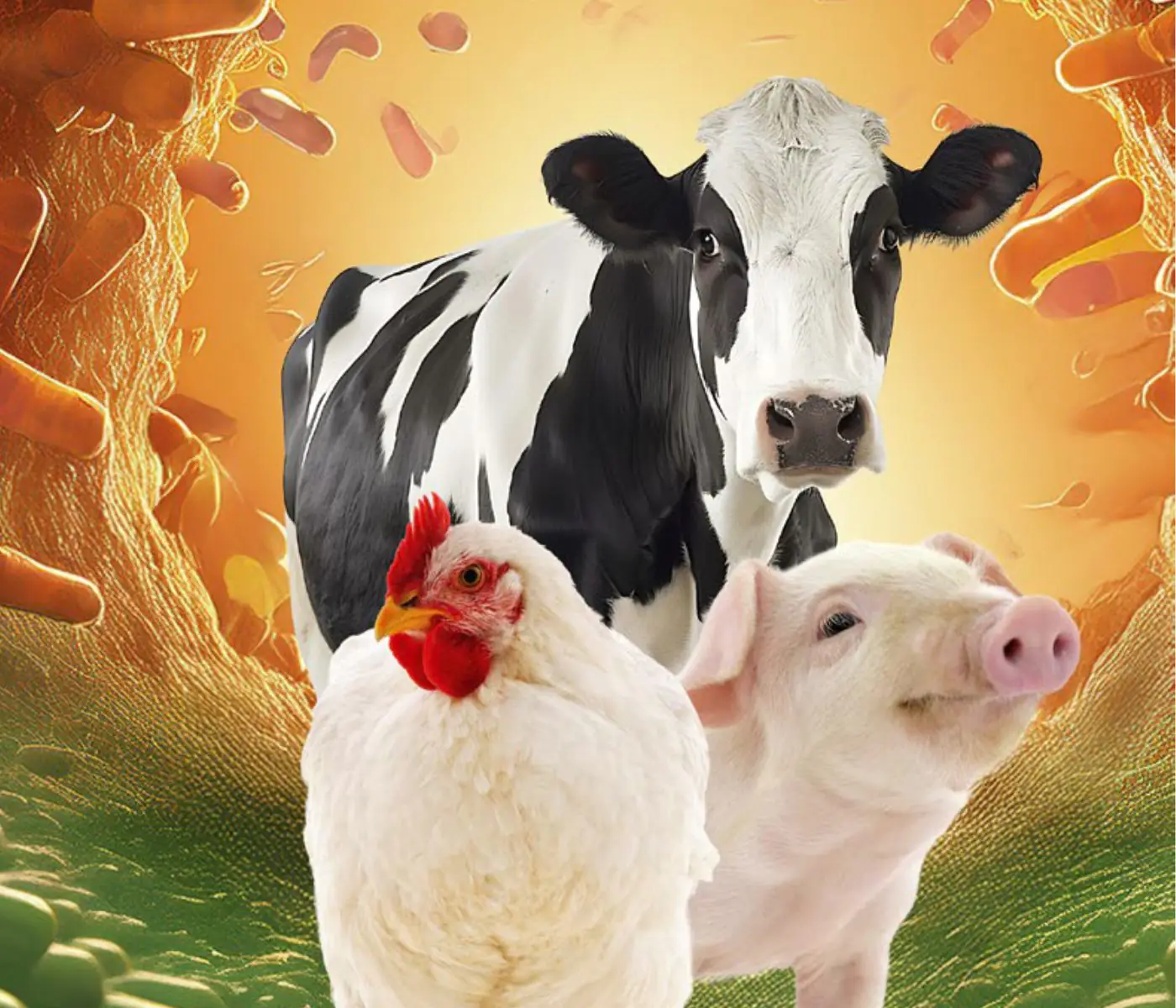
Synergistic Benefits of Prebiotics and Probiotics in Poultry, Swine, and Cattle
Gustavo Adolfo Quintana-Ospina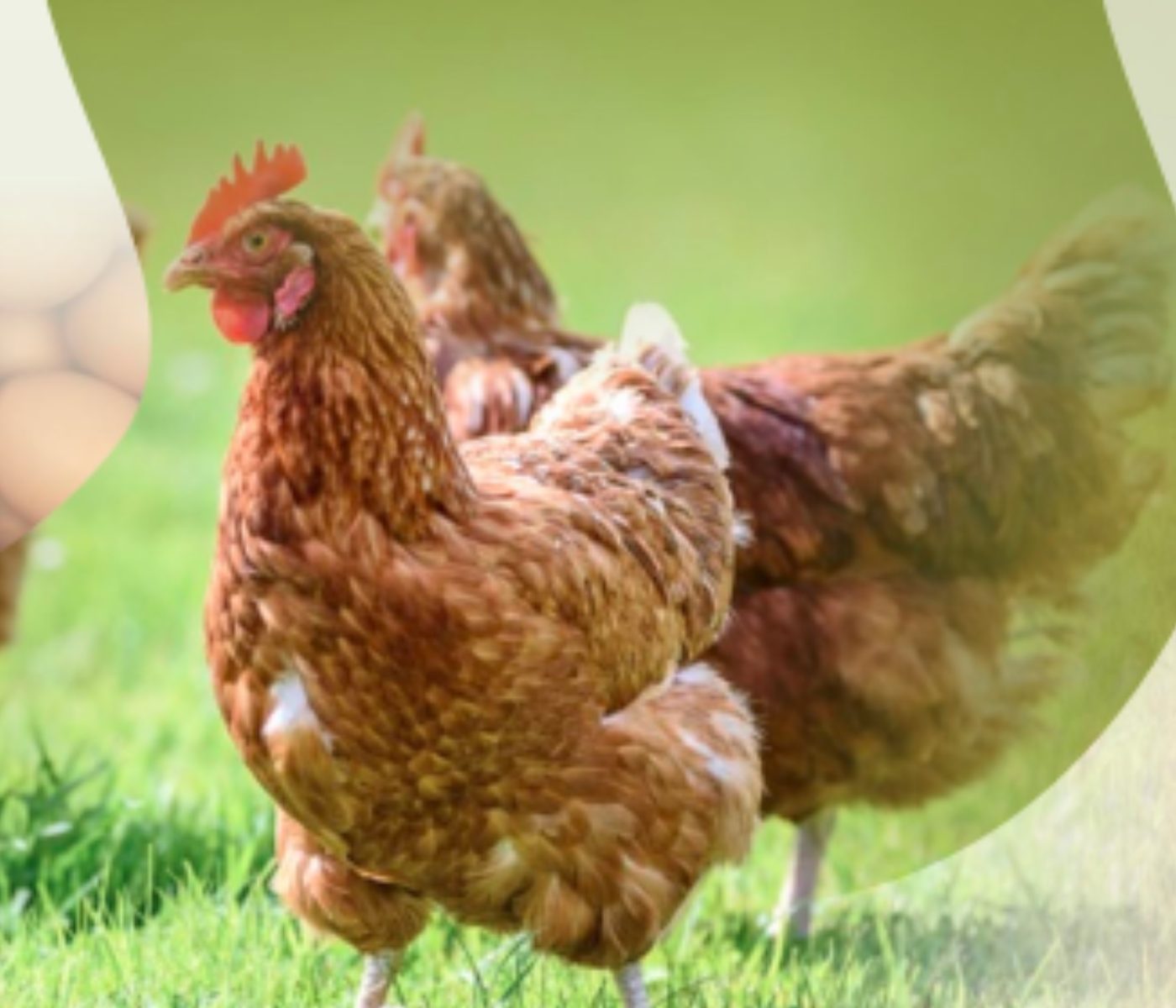
Hybrid Rye Potential in Laying Hen Feed Rations
Gwendolyn Jones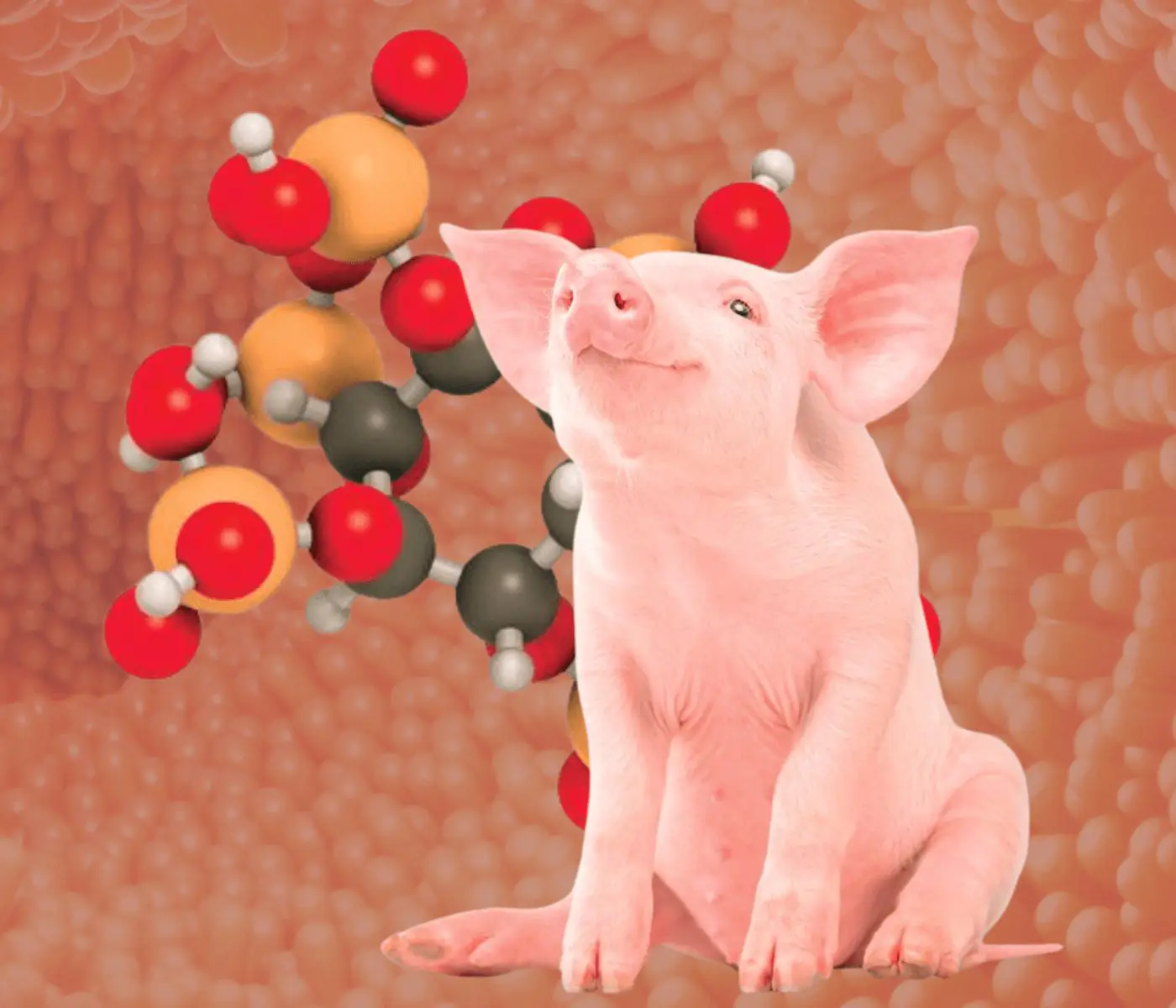
A day in the life of phosphorus in pigs: Part I
Rafael Duran Giménez-Rico
Use of enzymes in diets for ruminants
Braulio de la Calle Campos
Minerals and Hoof Health in the Pregnant Sow
Juan Gabriel Espino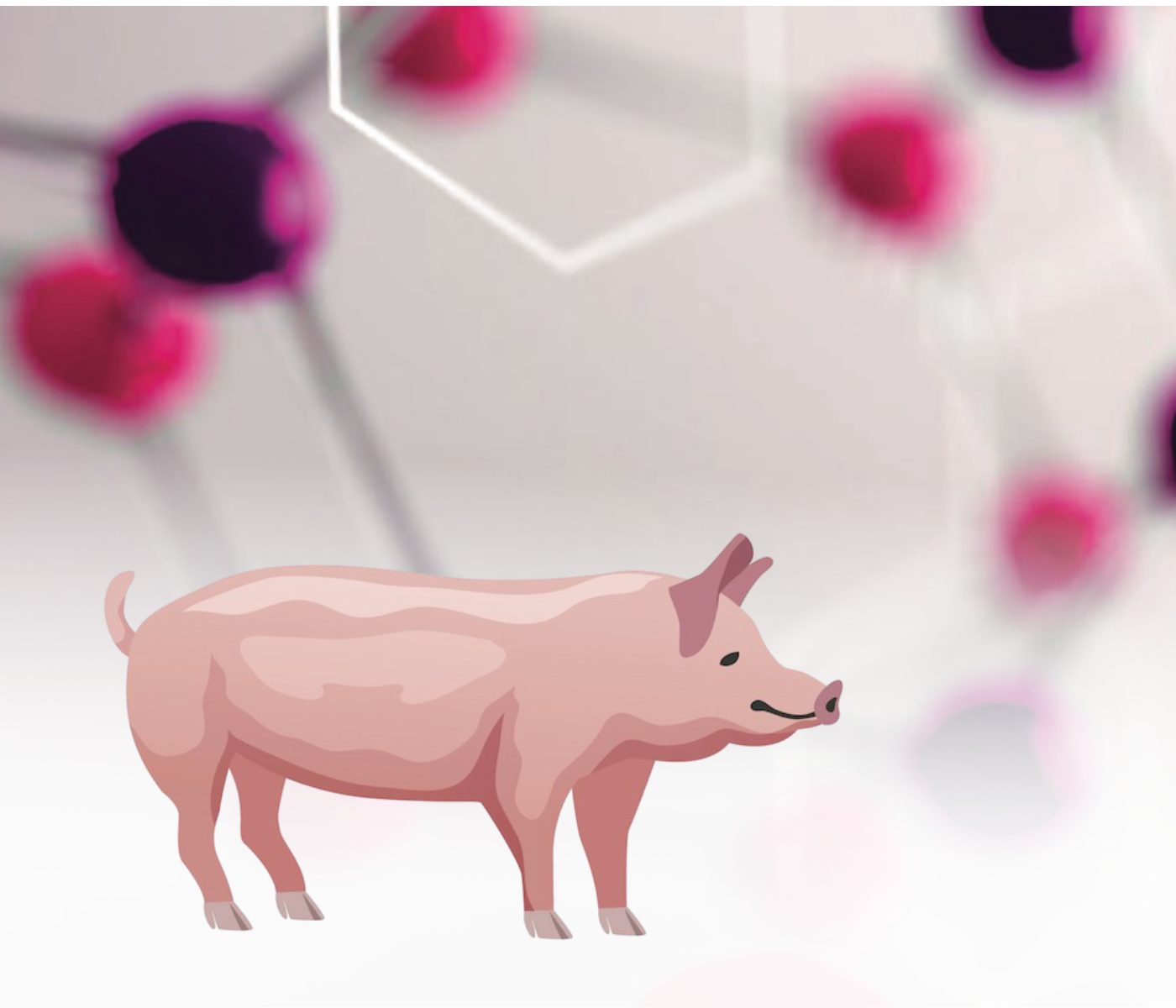
Impact of Oxidized Fats on Swine Reproduction and Offspring
Maria Alejandra Perez Alvarado